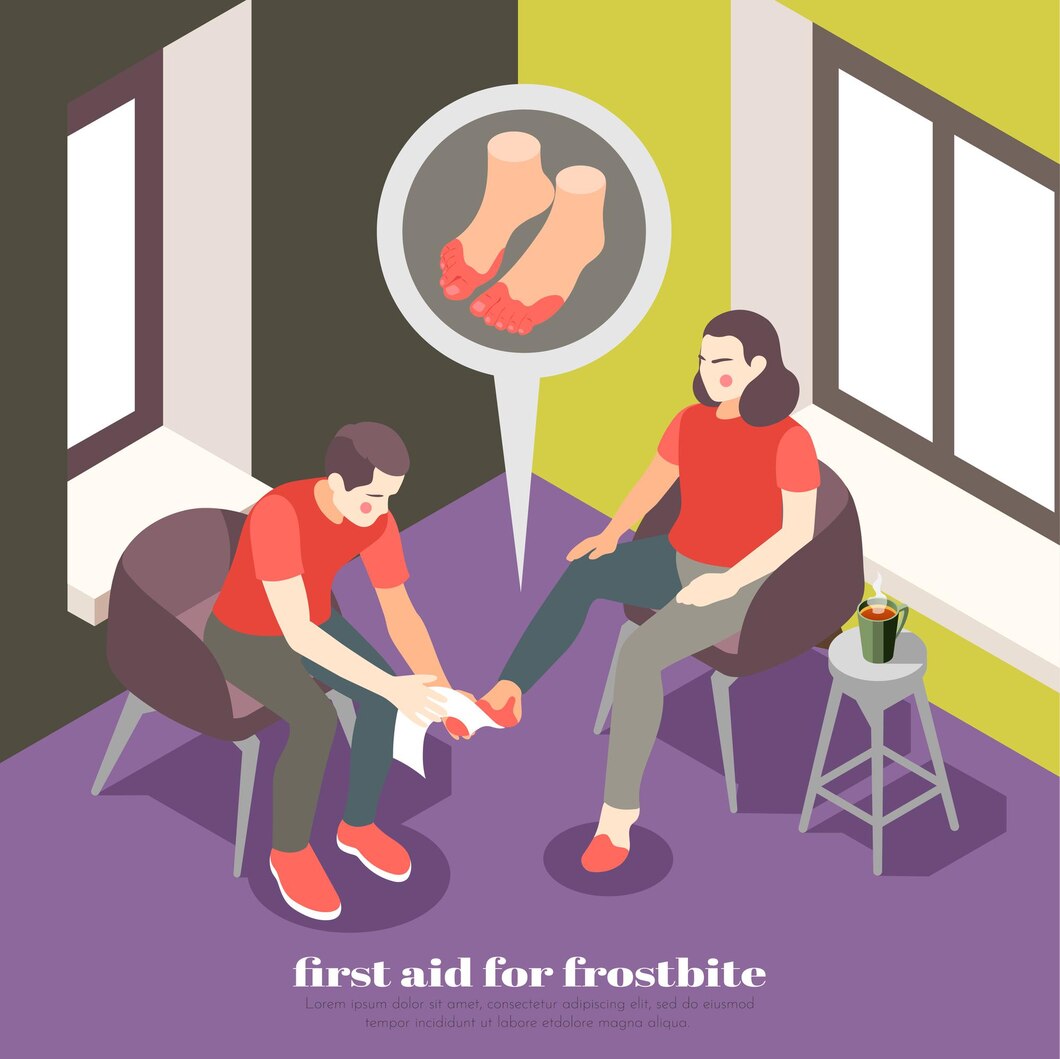Streamlined Patient Transfers: Ensuring Safety and Comfort

Patient transfers are a crucial component of healthcare, involving the safe and efficient movement of patients from one location to another, be it within a hospital, between facilities, or in a home setting. Ensuring the safety and comfort of patients during these transfers is paramount. This article explores the various strategies and technologies employed to streamline patient transfers, emphasizing their importance in the healthcare continuum.
Understanding Patient Transfers
The Importance of Safe Transfers
Patient transfers can occur for various reasons, including the need for specialized care, diagnostic testing, or after medical procedures. Safe and efficient transfers are essential to prevent injuries, reduce anxiety, and maintain the continuity of care. Improper handling during transfers can lead to falls, fractures, or other complications, which can significantly impact patient recovery and healthcare costs.
Types of Patient Transfers
- In-Hospital Transfers: Moving patients between departments or wards within the same hospital.
- Interfacility Transfers: Transferring patients from one healthcare facility to another, such as from a hospital to a rehabilitation center.
- Home Transfers: Transitioning patients from a healthcare facility to their home, often requiring special equipment and support.
Strategies for Streamlining Patient Transfers
Comprehensive Training for Healthcare Staff
Proper training for healthcare staff is critical to ensure safe patient transfers. Training programs should cover:
- Techniques for lifting and moving patients without causing harm.
- Use of transfer equipment like wheelchairs, stretchers, and mechanical lifts.
- Communication skills to keep patients informed and reassured throughout the transfer process.
Utilizing Advanced Transfer Equipment
Modern healthcare facilities employ a range of equipment designed to facilitate safe and efficient patient transfers. These include:
- Mechanical Lifts: Devices that use hydraulic or electric power to lift and move patients, reducing the physical strain on healthcare workers and minimizing the risk of injury to patients.
- Transfer Boards and Sheets: Used to slide patients from one surface to another, such as from a bed to a stretcher.
- Wheelchairs and Stretchers: Essential for moving patients over longer distances within a facility or during interfacility transfers.
Implementing Standardized Protocols
Establishing standardized protocols ensures consistency and safety in patient transfers. Protocols should include:
- Step-by-step procedures for different types of transfers.
- Checklists to verify that all necessary precautions are taken.
- Guidelines for assessing patient mobility and selecting the appropriate transfer method and equipment.
Ensuring Patient Comfort During Transfers
Effective Communication
Keeping patients informed about the transfer process helps reduce anxiety and builds trust. Healthcare providers should:
- Explain each step of the transfer process.
- Address any concerns or questions the patient may have.
- Reassure patients about their safety and comfort.
Personalizing Transfer Plans
Every patient is unique, and transfer plans should be tailored to individual needs. Considerations include:
- The patient’s medical condition and mobility level.
- Any specific comfort requirements, such as the need for pain management during the transfer.
- Preferences regarding communication and involvement in the transfer process.
Monitoring and Feedback
Continuous monitoring and feedback are essential to improve patient transfer processes. Healthcare facilities should:
- Collect data on transfer-related incidents and patient feedback.
- Conduct regular reviews of transfer protocols and equipment.
- Implement improvements based on feedback and best practices.
The Role of Technology in Streamlining Transfers
Electronic Health Records (EHRs)
EHRs play a significant role in streamlining patient transfers by providing accurate and up-to-date patient information. Benefits include:
- Quick access to patient medical history, current medications, and care plans.
- Enhanced communication between healthcare providers involved in the transfer.
- Reduced risk of information loss during transitions between care settings.
Telemedicine and Remote Monitoring
Telemedicine and remote monitoring technologies can facilitate smoother transfers, particularly for patients moving between facilities or transitioning to home care. These technologies allow:
- Remote consultations and assessments before and after transfers.
- Continuous monitoring of patient vital signs and health status.
- Prompt intervention if any issues arise during the transfer process.
Conclusion
Streamlined patient transfers are essential for ensuring the safety and comfort of patients across various healthcare settings. By investing in comprehensive staff training, advanced transfer equipment, standardized protocols, and leveraging technology, healthcare facilities can enhance the quality of patient care and improve outcomes. Ultimately, prioritizing safe and comfortable patient transfers reflects a commitment to patient-centered care and the overall efficiency of the healthcare system.



